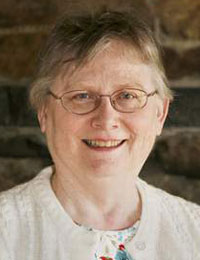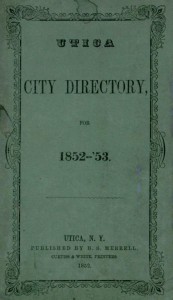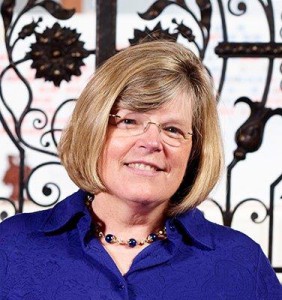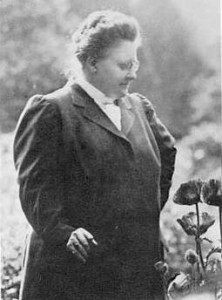 Readers have asked for Early New England Families Study Project sketches for the ladies. Because genealogy is traditionally oriented to the male surname – and if a wife has only one husband – “reversing” his sketch for her would not include any more information. With 35,000 sketches to do, that is unneeded redundancy.
Readers have asked for Early New England Families Study Project sketches for the ladies. Because genealogy is traditionally oriented to the male surname – and if a wife has only one husband – “reversing” his sketch for her would not include any more information. With 35,000 sketches to do, that is unneeded redundancy.
However, there are exceptions to every rule. In the cases where a woman has married more than one husband and has children by both (or more), then her sketch will contain different information from her husbands’ sketches. Thus to completely cover a family, sketches are needed for the husbands and the wives who connect them. Three new sketches have been posted on the website for three of these wives and a fourth is in progress. It is quite interesting what a change of view can do for our understanding of what it was like to be a wife and mother in seventeenth-century New England. Continue reading Remember the ladies! →








